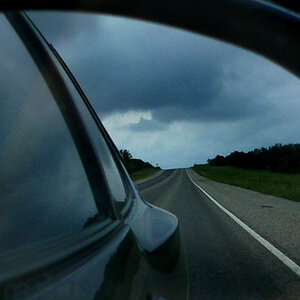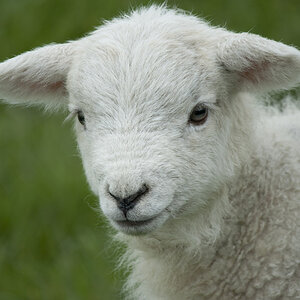Hello everyone!
I am sort of new to photography. Most of my time I work with video editing. I have a question about a Sekonic L308S light meter I recently purchased. I currently have a photography task to accomplish very soon..... I have an SB900 Speedlight in a stand with a white umbrella, and a Canon 70D camera. My task is to take some portrait pictures of couple of people. I also have a white background set up hanging on a stand. I have been trying to practice pictures at my house in my home office and someone told me about getting the light meter to make my life easier.
I have set up a wireless device on the camera and the Speedlight. I set up the meter correctly to read flash and fire the shot so the meter can read the flash light (on Manual Mode) coming in, the ISO is also correctly set in both camera and meter.
I have the meter aperture set up for 125 so I can get a clear image, the F stop gives me 4.05 My camera is set to Manual mode and when I try to match the 125 aperture and the 4.0 shutter speed my camera will not allow. When I insert the first value of 125 I cannot set the other value to 4.0. Can anyone help here and let me know what am I doing wrong?
Thanks very much in advance!
Renata
I am sort of new to photography. Most of my time I work with video editing. I have a question about a Sekonic L308S light meter I recently purchased. I currently have a photography task to accomplish very soon..... I have an SB900 Speedlight in a stand with a white umbrella, and a Canon 70D camera. My task is to take some portrait pictures of couple of people. I also have a white background set up hanging on a stand. I have been trying to practice pictures at my house in my home office and someone told me about getting the light meter to make my life easier.
I have set up a wireless device on the camera and the Speedlight. I set up the meter correctly to read flash and fire the shot so the meter can read the flash light (on Manual Mode) coming in, the ISO is also correctly set in both camera and meter.
I have the meter aperture set up for 125 so I can get a clear image, the F stop gives me 4.05 My camera is set to Manual mode and when I try to match the 125 aperture and the 4.0 shutter speed my camera will not allow. When I insert the first value of 125 I cannot set the other value to 4.0. Can anyone help here and let me know what am I doing wrong?
Thanks very much in advance!
Renata



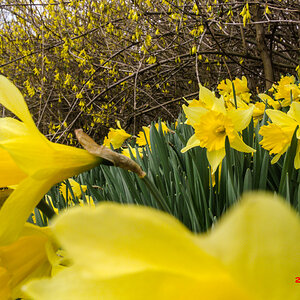
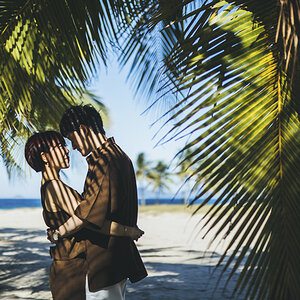
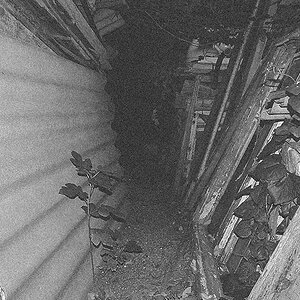
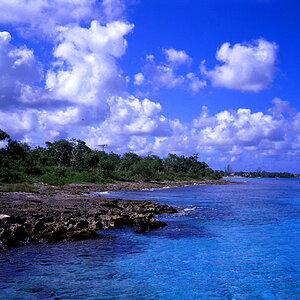
![[No title]](/data/xfmg/thumbnail/32/32706-50b778fbc110c8ea4472547d54c6a923.jpg?1619735610)

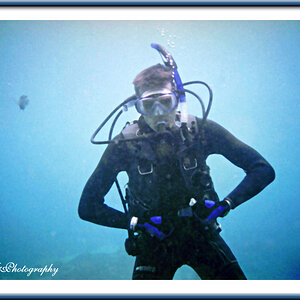
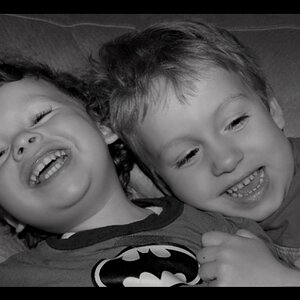
![[No title]](/data/xfmg/thumbnail/38/38739-1ad36a46750bafbe805f009b4453e8be.jpg?1619738703)
